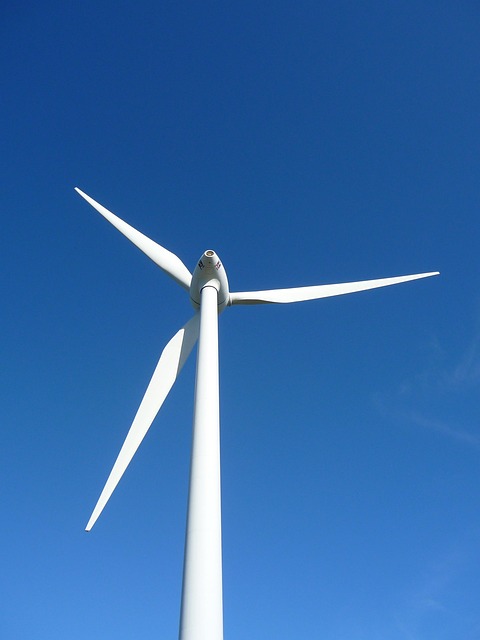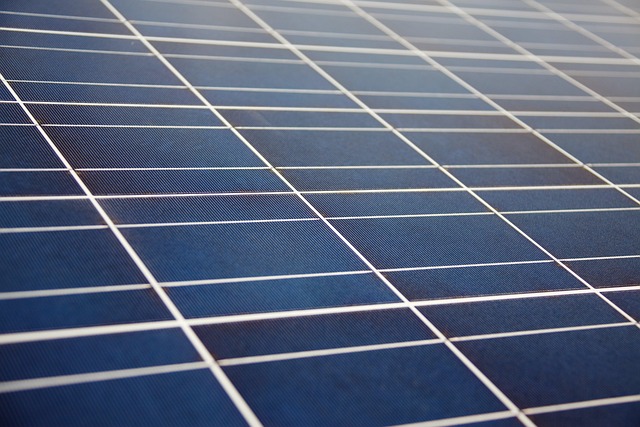
Clean Energy Storage: The Key to a Sustainable Future
As the global community faces unprecedented challenges posed by climate change, the movement toward a sustainable future has never been more critical. The transition from fossil fuels to renewable energy sources is essential for reducing greenhouse gas emissions and combating global warming. However, a significant barrier to this transition is the intermittent nature of renewable energy sources like solar and wind. This is where clean energy storage comes into play; it serves as a pivotal component in creating a viable, sustainable energy system that can meet the demands of modern society while protecting the environment.
Understanding Clean Energy Storage
Clean energy storage refers to the various technologies and methods employed to store energy generated from renewable sources. The primary goal is to capture energy when it is abundant and release it when demand exceeds supply. This capability not only enhances the efficiency of renewable energy systems but also ensures that energy is available when consumers need it the most.
There are several types of energy storage technologies, including:
- Batteries: Lithium-ion and flow batteries are among the most common energy storage solutions. They are widely used for residential, commercial, and utility-scale applications.
- Pumped Hydro Storage: This traditional method uses gravitational potential energy, pumping water uphill during periods of low energy demand, and releasing it to spin turbines for energy generation during peak demand times.
- Compressed Air Energy Storage: This technique stores energy in the form of compressed air in underground caverns, which can then be released to generate electricity when needed.
- Thermal Energy Storage: This method involves storing energy in the form of heat, typically using materials like molten salt, to be used later in energy generation.
The Integral Role of Energy Storage in Renewables
Renewable energy sources like solar and wind have transformed the energy landscape, but their variability poses unique challenges. The sun doesn’t shine at night, and the wind doesn’t always blow. This inconsistency can lead to a mismatch between energy supply and demand, resulting in grid instability.
Energy storage systems act as a buffer, allowing excess energy to be conserved for future use. By storing energy generated during peak production times, these systems facilitate a more reliable and consistent energy supply, encouraging a broader acceptance and implementation of renewable sources. This capability is vital for integration into existing energy infrastructures and the smart grid, enabling greater energy efficiency and resilience.
Environmental Benefits of Clean Energy Storage
Transitioning to clean energy storage technologies significantly contributes to environmental sustainability by reducing carbon footprints and reliance on fossil fuels. The environmental benefits include:
- Reduction in Greenhouse Gas Emissions: By enabling the extensive use of renewable energy, storage systems play an essential role in decreasing the emissions that contribute to climate change.
- Conservation of Resources: Efficient energy use and storage lead to a reduced need for new power generation capacity, conserving natural resources and minimizing habitat destruction associated with fossil fuel extraction.
- Promotion of Cleaner Air: With reduced reliance on fossil fuel power plants, air quality improves, leading to better public health outcomes.
Economic Advantages of Energy Storage
While the initial setup cost for clean energy storage solutions can be high, the long-term economic benefits are substantial. These advantages include:
- Lower Energy Costs: By utilizing stored energy during peak demand periods, consumers can save on energy bills. This efficiency also reduces the need for expensive fossil fuel power plants that serve as backup generators.
- Job Creation: The burgeoning clean energy sector is creating a multitude of jobs ranging from manufacturing and installation to maintenance and research and development.
- Boost to Local Economies: Many energy storage technologies can be deployed locally, which can help improve energy independence and stimulate local economic growth.
Challenges Facing Clean Energy Storage
Despite the opportunities presented by clean energy storage, several challenges must be addressed to maximize its potential. These challenges include:
- Cost: Though costs are decreasing, many storage technologies remain more expensive than traditional energy sources. Continued research and innovation are necessary to drive prices down further.
- Technological Limitations: Current storage technologies can have limitations related to capacity, discharge rates, and efficiency. Research into advanced materials and new technologies is critical for breakthroughs in this field.
- Regulatory and Policy Hurdles: In many regions, outdated policies and regulations may inhibit the ability to integrate energy storage into existing energy markets effectively.
The Future of Clean Energy Storage
The future of clean energy storage looks promising, with advancements on the horizon. Investment in research and development is crucial as scientists and engineers explore new technologies and methods to enhance energy storage systems. Potential areas of development include:
- Next-Generation Batteries: Innovations in solid-state batteries, lithium-sulfur, and other emerging technologies promise to increase energy density, extend lifespans, and reduce costs.
- Grid-Scale Solutions: The development of larger, more efficient energy storage systems suitable for utility-scale applications can be a game-changer in stabilizing the grid.
- Integration with Other Technologies: Combining energy storage with electric vehicles, smart grids, and advanced renewable generation technologies can create a more integrated and efficient energy ecosystem.
Conclusion
As the urgency to combat climate change continues to mount, clean energy storage emerges as a pivotal element in the transition to a sustainable future. By enhancing the viability of renewable energy sources, energy storage technologies can facilitate a reduction in greenhouse gas emissions, improve air quality, and create economic opportunities. While challenges remain, ongoing innovation and investment in this field hold the key to overcoming obstacles and unlocking the full potential of clean energy storage. Embracing these technologies is not just a necessity but an opportunity for a cleaner, greener, and sustainable future for generations to come.


